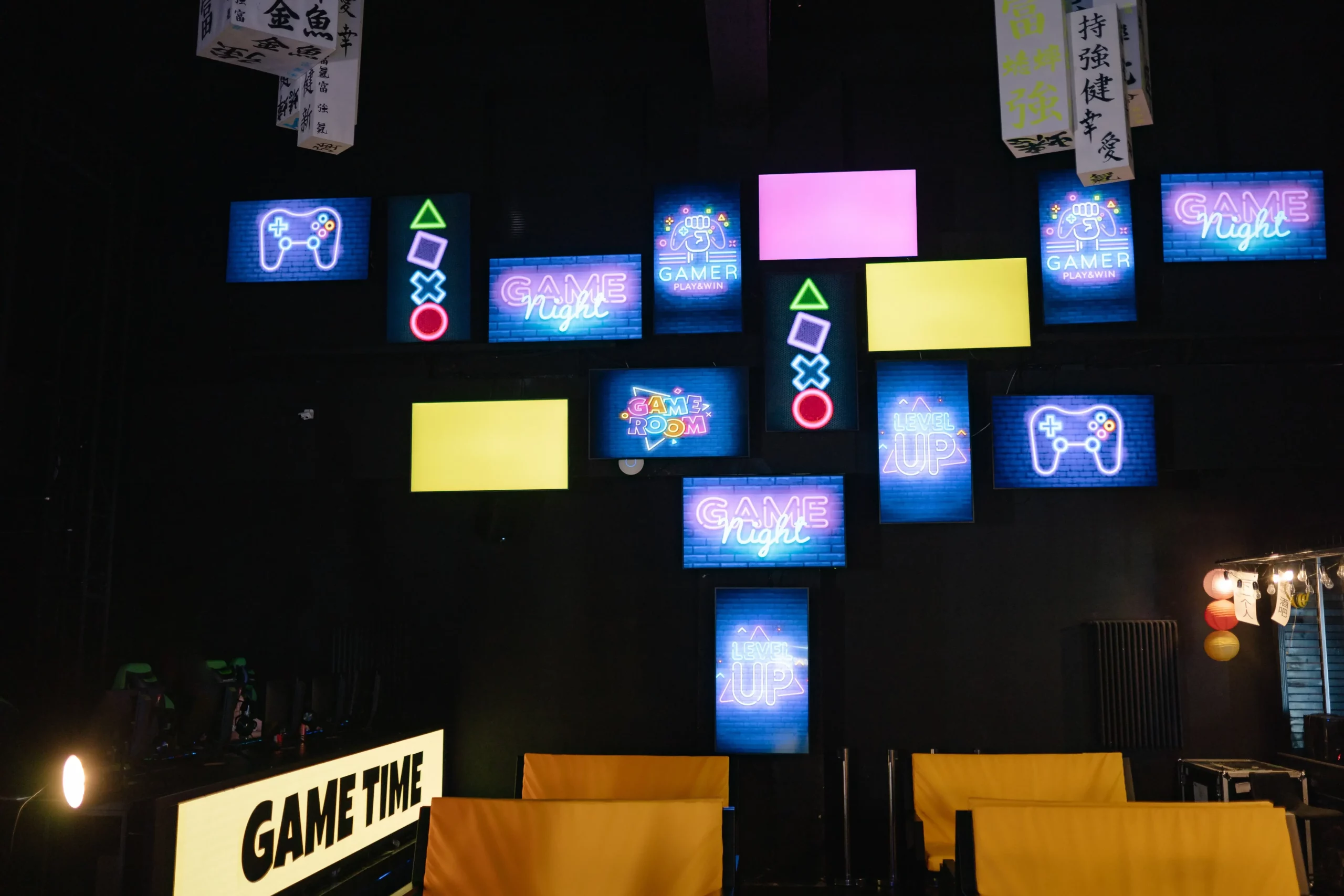Consumer electronics have seen substantial expansion and consumer popularity in recent years in the United States. Companies always work to address these evolving needs due to technology breakthroughs and rising demand for cutting-edge products. The U.S. consumer electronics industry is now a significant player in the retail market, offering a wide range of goods to satisfy the needs of various consumer groups. The global consumer electronics market is expected to get to 1 trillion USD by 2031 – a large share of that will come from the U.S.
The quick rate of technological advancement is one of the causes of its popularity. Customers constantly search for newer, quicker, and more effective gadgets and custom electronic products that help simplify their lives. As a result, the consumer electronics industry has responded by releasing innovative and ground-breaking goods like smartphones, tablets, laptops, smartwatches, and other wearable devices that have become crucial in our daily lives. Additionally, many items have value-added features, including internet connectivity, high-resolution cameras, and screens.

The Decade of Growth & Transformation in the Industry
The U.S. consumer electronics market reached a value of $110 billion in 2021, experiencing growth of 4 percent from the previous year. This was mainly caused by increased demand in the retail category of items following the recovery of America’s global economy from the 2019-20 coronavirus pandemic.
The increased demand for consumer electronics due to the pandemic boosted demand for communications and entertainment devices, such as mobile devices, TVs, and laptops. Major laptop manufacturers in the U.S., such as HP, Dell, and Apple, saw a spike in their yearly sales due to the pandemic.
Home entertainment in the United States remained the dominant portion of the consumer electronics market. It kept on growing due to technological advancements in technology and an increase in the demand for public leisure. Also Covid plaid a role that consumers in the U.S. spend more on home entertainment relativ to outdoor activities compared to before the pandemic.
In 2012, the U.S. consumer electronics industry grew by 4.6 percent to a sales total of $87.467 billion. In 2013, the industry rose by 2.2 percent to $86.317 billion. In 2014, the industry increased by 3.8 percent to $85.642 billion and grew by 1.0 percent in 2015 to $82.881 billion. In 2016, it grew by 1.5 percent to $76.436 billion, and it rose by 1.5 percent in 2017 with $75.618 billion in sales.
Further, The growth rate of the consumer electronics industry in the United States in 2018 was 6.0 percent, generating $77.167 billion. In 2019, the growth rate rose by 2.2 percent, totaling $74.009 billion in sales. In 2020, the growth decreased by 2.2 percent totaling $57.776 billion in sales.
Surprising Role the Consumer Electronics Industry Plays
The U.S. consumer electronics industry is a massive term that covers an incredible range of devices and products, from entertainment systems like video game consoles and televisions to everyday items like smartphones and laptops. With so many different types of electronics available, it’s no surprise that this industry is one of the largest in the world today.
At its core, the consumer electronics industry is driven by innovation and technological advancement in PCB manufacturing and related software. Every year, new devices with more advanced features hit store shelves, tempting consumers with their cutting-edge capabilities. This constant evolution has led to a highly competitive market where manufacturers constantly strive to outdo each other with newer and better products.
Despite this intense competition, however, there are also many areas where companies collaborate towards common goals. For example, manufacturers often work together on standardized interfaces or protocols that allow their devices to work seamlessly.
Estimates suggest that in 2018, consumer expenditures on electronic devices reached over a trillion dollars, with smartphone sales accounting for a significant portion of the revenue.
The rise of smartphones has transformed the way we communicate and consume information. With over 2 billion smartphone users worldwide, imagining life without them is hard. Smartphones have changed how we interact with each other and how we shop and access services. Consumers can now order food delivery or hail a ride-sharing service at the touch of a button, thanks to mobile apps developed by companies in the consumer electronics industry. Additionally, consumer electronic devices have revolutionized entertainment consumption.
Electronics Leaders: Uncovering the Top Developers
China and the United States are two of the most prominent countries in the world regarding consumer electronics. The combined revenue generated by these two countries is staggering, with over $350 billion being spent on electronic products each year. These products range from smartphones and laptops to televisions and gaming consoles, all of which have become essential components of our daily lives.
It’s no surprise that China has emerged as a leader in electronic development, given its status as one of the world’s largest manufacturing hubs. Chinese companies like Huawei, Xiaomi, and Lenovo have been at the forefront of technological advancements in recent years, producing innovative devices that rival those made by their western counterparts.
However, despite China’s impressive growth in this sector, the United States remains a major player in electronic development. The U.S. has traditionally been at the forefront of technological advancements in electronics. Companies like Apple and Microsoft have dominated this space with innovative product offerings that capture global attention. The U.S. is still ahead in most tech areas, but China is catching up and some see the country ahead in more areas in the decades to come.
Wrapping Up
I hope you will enjoy this blog and quickly get essential facts about the growth rate of the consumer electronics industry in the United States from 2012 to 2022. We will also talk about the crucial role played by this sector in the developing process.




